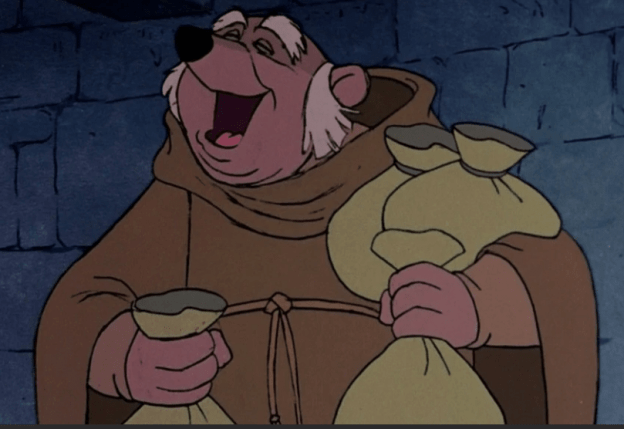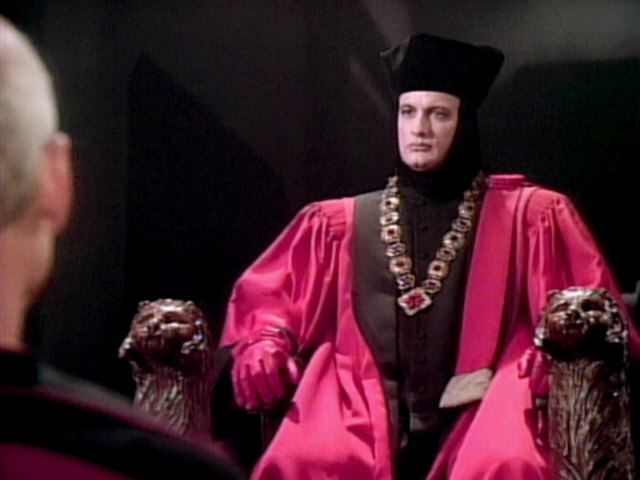Part I: Of courts and canaries
The Lord Peter Wimsey novels of Dorothy L. Sayers are regarded as among the very best ‘golden age’ detective novels. As well as being enjoyable in their characterisation and their intricate plotting, they also have a lot to say about contemporary attitudes to law and justice, and, although the interwar period is far away from my own medieval research haunts, it is still sufficiently ‘past’ to amount to something of legal historical interest. In these short notes, I will set out some key themes and ideas which occur in the novels (and to a lesser extent, the short stories) involving the aristocratic sleuth, with or without the excellent Harriet Vane and the ever-faithful Bunter. The first topic to which I would like to turn is that of lawyers. The interwar years, the setting for these novels, saw the last years of the noted barrister Sir Edward Marshall Hall, amongst others, and women had recently been admitted to the Bar and the solicitors’ profession. What did Sayers give us in terms of fictional lawyers?
The towering legal figure in the books is Sir Impey Biggs KC, a leading criminal barrister, MP and canary breeder. At the time of Clouds of Witness, he is ‘thirty-eight, and a bachelor’ [CW, 68]. A legal family may be indicated by his Christian name, John Impey having been a famous legal writer of the eighteenth to nineteenth century, and Sir Elijah Impey an Indian judge of a slightly earlier period.
He is physically impressive, with ‘towering height … a shapely, expressive hand that would have made an actor’s fortune [which he found] useful in the exploitation of dramatic moments’, a ‘magnificent build’, ‘[noble] head and mask’, and ‘[flawless] features’ [CW, 68]. He has a ‘beautiful, resonant and exquisitely controlled voice’ [CW, 69]. Wimsey notes his ‘statuesque profile and is reminded of ‘the severe beauty of the charioteer of Delphi.’[CW, 70].
It is in his professional capacity that Biggs is generally seen. He is described as ‘our greatest criminal lawyer’ by Lord Peter, who shows his respect for Sir Impey’s skill on a number of occasions. Sir Impey’s skill in securing an acquittal for his clients is noted [WB, 23]. Biggs ‘was celebrated for his rhetoric and his suave but pitiless dissection of hostile witnesses’ [CW, 68].
Biggs is seen in action in Strong Poison in the most important case of all – the trial of Harriet Vane for the murder of Philip Boyes. He is for the defence in this case. On the subject of Harriet’s having lived with Boyes without being married, the judge described his creative pleading, saying ‘Sir Impey Biggs, very rightly using all his great eloquence on behalf of his client, has painted this action of Harriet Vane’s in very rosy colours; he has spoken of unselfish sacrifice and self-immolation, and has reminded you that, in such a situation, the woman always has to pay more heavily than the man…’[SP, loc. 134].
Biggs’ technique is also described in Busman’s Honeymoon when he defends Frank Crutchley – an unrepentant murderer: ‘Sir Impey Biggs, eloquent on behalf of the prisoner – ‘this industrious and ambitious young man’; hinting at prejudice ‘a lady who may have some cause to fancy herself ill-used’; indulgently sceptical about ‘the instrument of destruction so picturesquely constructed by a gentleman whose ingenuity is notorious’; virtuously indignant at the construction placed upon ‘words uttered at random by a terrorised man’; astonished to discover in the case for the Prosecution ‘not a scintilla of direct proof’; passionately moving in his appeal to the jury not to sacrifice a young and valuable life on evidence so flimsily put together.’ [BH, 421].
Sir Impey fancies himself very perceptive: ‘Sir Impey Biggs was accustomed to boast that no witness could perjure himself in his presence undetected. As he put the question, he released the other’s eyes from his, and glanced down with finest cunning at Wimsey’s long, flexible mouth and nervous hands.’[CW, 72].
He can be a relaxed raconteur, but can also pace, smoking, and can be very businesslike, almost brutally so [CW, 72]. He can manipulate, but remains unmoved himself: ‘Tragic irony, cutting contempt of a savage indignation were the emotions by wh Sir Impey Biggs swayed court and jury: he prosecuted murderers of the innocent, defended in actions for criminal libel, and, moving others, was hard as stone.’[CW, 69]
He is all for his client, even suggesting to Wimsey that it may be best if a particular piece of evidence, or individual, is not found – showing an interesting contrast between the aristocrat’s mission to find the truth, and his own, to win the case for his client [CW, 71]. This point comes out even more clearly in an exchange in Clouds of Witness, when Wimsey says ‘Damn it all, we want to get at the truth!’, Biggs replies, ‘I don’t. I don’t care twopence about the truth. I want a case.’ This leads Wimsey to conclude ‘that the professional advocate [is] the most immoral fellow on the face of the earth’.’[CW, 168]
Sir Impey is not above courtroom stunts, such as having a patient show the court her leg in the Quangle and Hamper v Truth case (a case concerning claims for medicines) [CW, 164]. and uses lots of ‘abnormal cases from Glaister and Dixon Mann till the eyes of the jury reeled in their heads.’ in another case [WB, .22].
He can be slightly cynical in his expression – ‘Lawyers enjoy a little mystery, you know. Why if everybody came forward and told the truth, the whole truth and nothing but the truth straight out, we should all retire to the workhouse’ [CW 69] and ‘It is wonderful what you can suggest to a jury if you try.’[CW, 70] Similarly fitting the lawyerly stereotype is the suggestion of greed in his remarks on hearing that Wimsey is not prosecuting despite having been the victim of attempted murder – ‘Really? Oh my dear Wimsey, this will never do. Lawyers have to live, you know.’[CW, 165]
Biggs does have some morals however. When asked by Wimsey what tactics are justified in dealing with a blackmailer, he replies ‘There you’ve put your fingers on Society’s sore place, where the Law is helpless. Speaking as a man, I’d say nothing could be too bad for the brute. It’s a crime crueller and infinitely worse in its results than murder. As a lawyer, I can only say that I have consistently refused to defend a blackmailer or to prosecute any poor devil who does away with his tormentor’ [LPVB, loc 1535’The unprincipled affair of the practical joker’].
Outside court and the Commons, he cuts a much less significant figure. Two rather belittling quirks are noted: ‘[t]he breeding of canaries was his unexpected hobby, and besides their song, he could appreciate no music but revue airs.’[CW, 68] Furthermore, the qualities which make him such an effective lawyer may mean that he will be unable to find domestic happiness: ‘his .. eyes [are] ruthless’ and Wimsey’s mother, the rambling yet perceptive Dowager Duchess of Denver ‘had once remarked “Sir Impey Biggs is the handsomest man in England, and no woman will ever care twopence for him”’ [CW, 68].
Abbreviations (references are to page number, unless preceded by ‘loc.’, in which case a Kindle location is meant)
WB Whose Body? (1923)
CW Clouds of Witness (1926)
UD Unnatural Death (1927)
LPVB Lord Peter Views the Body (short stories) (1928)
UBC The Unpleasantness at the Bellona Club (1928)
SP Strong Poison (1930)
FRH Five Red Herrings (1931)
HHC Have His Carcase (1932)
HH Hangman’s Holiday (short stories) (1933)
MMA Murder Must Advertise (1933)
TNT The Nine Tailors (1934)
GN Gaudy Night (1935)
BH Busman’s Honeymoon (1937)
SF Striding Folly (short stories, published 1972)
TD Thrones, Dominations (by Jill Paton Walsh, based on a sketch by Dorothy L Sayers, 1998)

